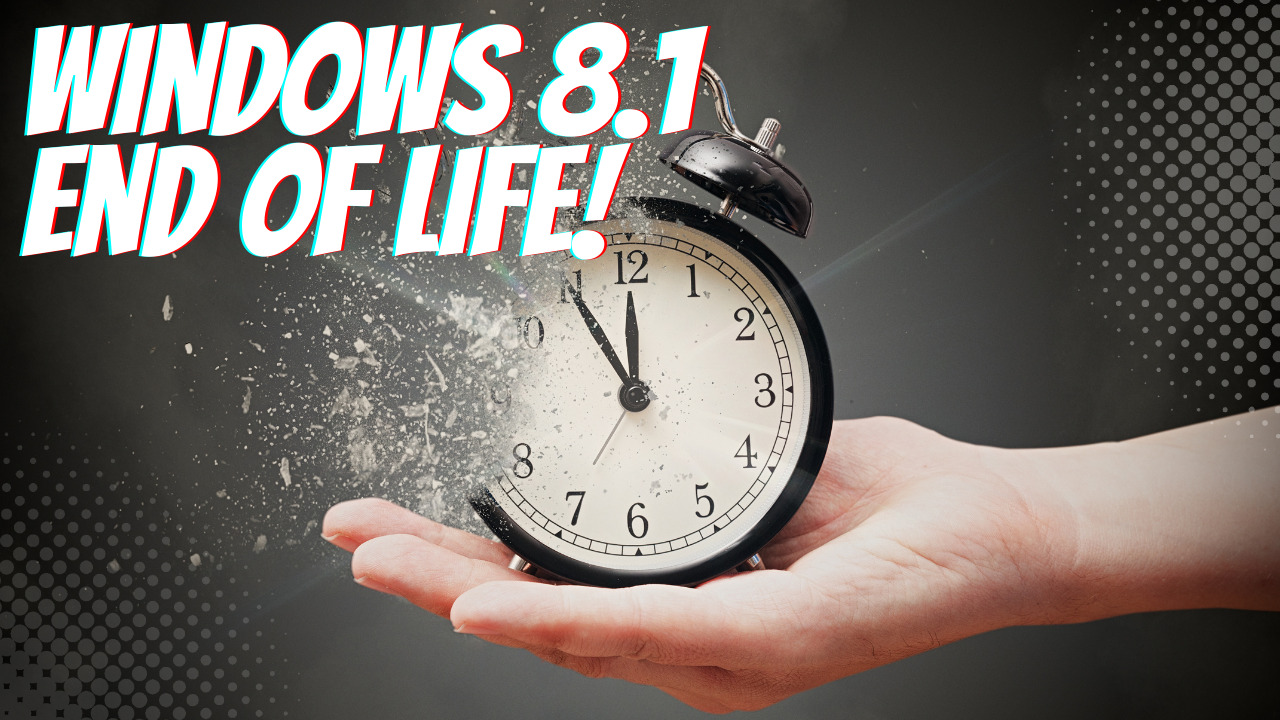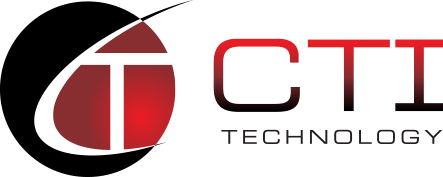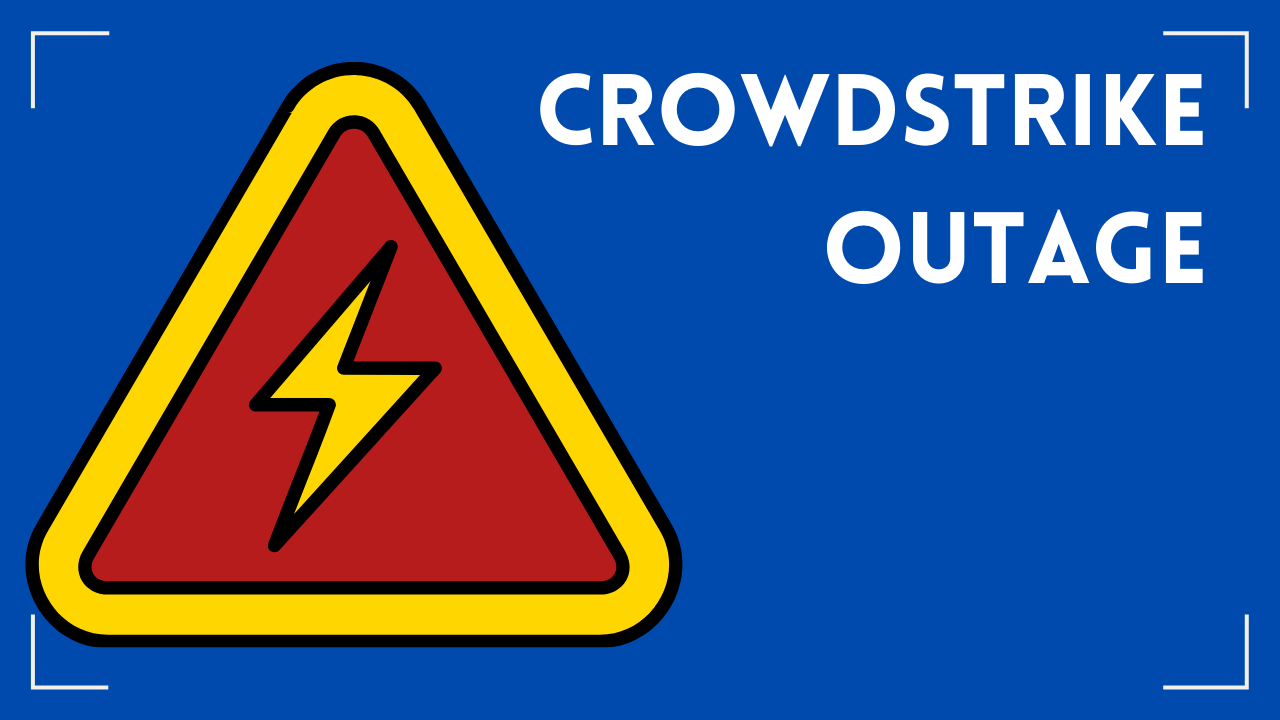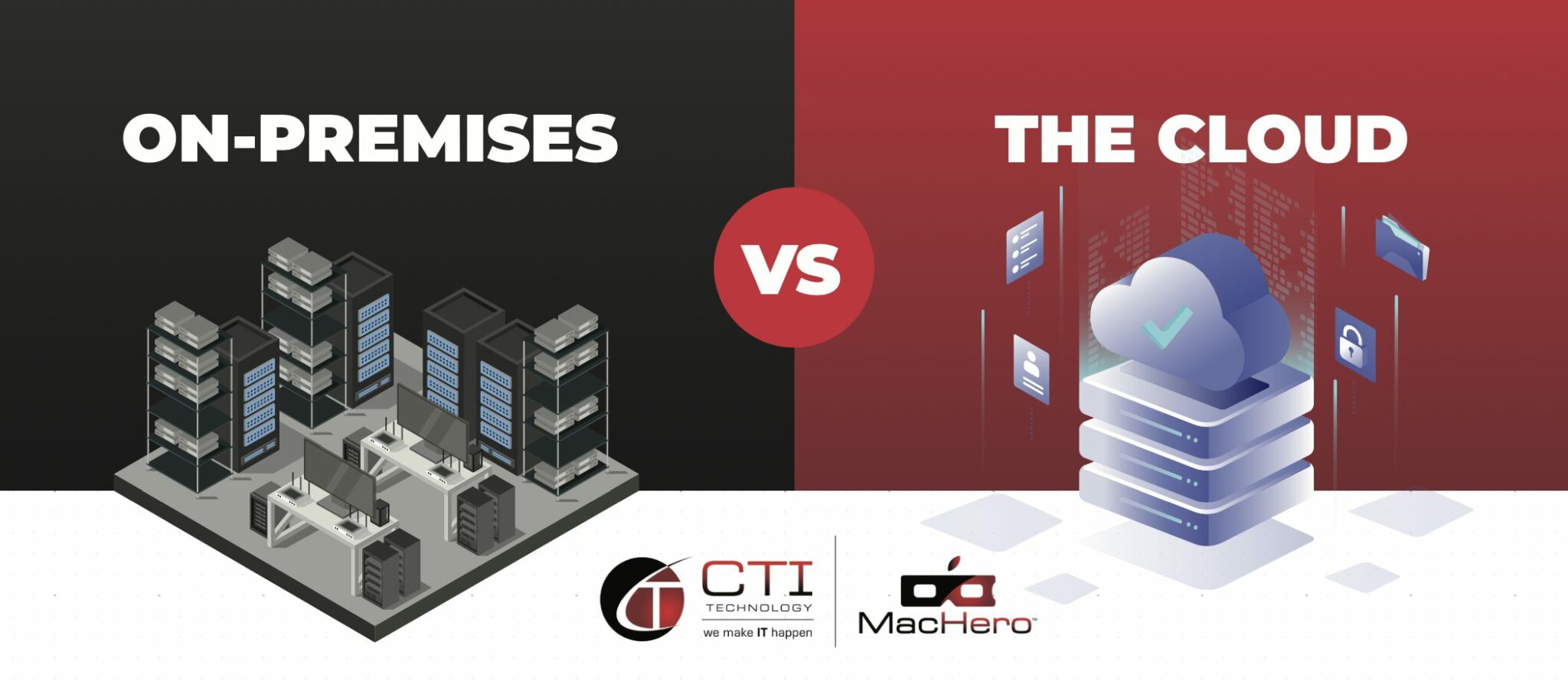Windows 8.1 End of Life is Creeping Even Closer: What Does it Mean for Users?
Key Points
- Microsoft will no longer provide technical support or software updates for Windows 8.1 starting January 10, 2023.
- While you could continue running your PC on Windows 8.1 without security and software updates from Microsoft, your computer will be at a greater risk for viruses and malware.
- Your business can upgrade to the latest Windows 11 or its predecessor, Windows 10
- If your business needs the old operating system to run a line-of-business application, you can isolate the platform from the internet.
The end of life of Windows 8.1 will soon be upon us. Microsoft has scheduled to end the Extended Support for the Windows 8.1 operating system on January 10, 2023.
While Windows 8.1 wasn’t most people’s favorite, the version has a reputation for being well-behaved. The operating system doesn’t insert ads and cartoons into your search bar or move icons around like its successor Windows 10, does.


What Does Windows 8 End of Life Mean for Users?
Every Windows operating system has a specific life cycle. The platform receives security patches, software updates, and technical support during the lifecycle.
Once the lifecycle elapses, Microsoft considers the operating system discontinued. The company then stops patching security loopholes, fixing bugs, or providing support for the platform.
Now that Windows 8.1 operating system is approaching its end of life, like all the other outdated Windows operating systems, Microsoft will stop providing the following:
- Technical support
- Software updates
- Security patches
- Bug fixes
- Customer service
Starting Jan 10, 2023, Windows 8.1 users won’t receive support from Microsoft. You can continue using the platform past the end of its lifecycle, but you may be at a greater risk of virus and malware attacks. Malicious users always look for loopholes within systems and exploit them to the detriment of unsuspecting users which is why service providers continually improve their systems.
Many people continue to run their PCs on outdated and unsupported operating systems after the end of life when a supported browser works.
A Peak into Mainstream Support and Extended Support
Microsoft usually offers two levels of support:
- Mainstream Support
- Extended Support
Mainstream Support is where Microsoft developers actively work on the new OS to release new features and updates. After a platform reaches the end of life — mostly takes five years after launch — Microsoft starts offering Extended Support.
During the Extended Support period, Microsoft will issue updates but won’t actively work to add new functions to the platform. For instance, Windows 7 has a longer-than-normal lifespan because Microsoft provided Extended Software support for over three years.
The same won’t apply to Windows 8.1 because Microsoft doesn’t intend to provide an end-of-life program for the platform. Microsoft sees no need to offer Extended Support for Windows 8.1 past Jan 2023 because the platform has very few users.
In addition, other vendors, such as Google’s Chrome browser, have announced that they won’t offer support for Windows 7 and Windows 8.1 from January 2023.
What are Your Options for Leaving Windows 8.1?
If you’re still using Windows 8.1, you can choose one of the three options to use supported Windows versions after the end life of Windows 8.1.
Get a New PC With Windows 11
Windows 11 is the latest Windows version. If you have an older PC, get a new one compatible with Windows 11.
Most PCs running on Windows 8.1 might not meet the minimum hardware requirement to run Windows 11. After all, the latest Windows version has strict hardware requirements. If you’re using an old PC, consider upgrading to one with Windows 11.
Modern devices are faster, more secure, and more powerful and will serve you better.
Install Windows 11 on Your Current PC
If your current PC meets the minimum system requirement for Windows 11, buy and download the full version of Windows 11.
Downloading and installing Windows might require you to reinstall your apps and execute simple steps to transition data, files, and settings to the new operating system. A new Windows installation will overwrite the content in your existing storage device.
If you want to keep most of your files and settings, you can upgrade to Windows 10 and then to Windows 11.
Install Windows 10 on Your Current PC
Windows 10 is still available, and Microsoft will support it until October 14, 2025. If your device doesn’t meet the requirements for Windows 11, check if it meets the minimum hardware specification for Windows 10.
If it does, buy and install the Windows 10 version you prefer.
What Can You Do If You Want To Keep Using Older Operating Systems?
If your business still needs an older operating system to run a specialized line-of-business application, ensure you isolate it from the internet. Limit the operating system to a local, isolated network specific to that application or your business needs.
If you want to continue using Windows 8.1 or 7 for personal use, you should use the same isolation process. Don’t browse the internet if the browser vendor ends its support.
If you’re an advanced user, you can move the older operating system to a virtual machine and run it only when necessary. Once you’ve moved to the older platform, you can set up the virtual machine to share the internet connection or move files between the virtual version and the host machine.
Windows 8.1 is Good as Gone and Forgotten
Currently, only 3% of Windows users are on Windows 8.1. As a result, few people worry about this operating system becoming obsolete. Most people who used it likely upgraded to Windows 10.
The Windows 8 era is one that Microsoft and many users will be keen to forget because it flopped on all fronts.
The Windows 8 faithful have nothing to fear because Windows 10 or 11 isn’t much of a paradigm shift. You might have had a delightful experience with features such as the Metro start interface, live tiles and lock screen, system-wide search, and the ability to pin anything.
However, in most of the things that really matter — such as speed, security, software tools, and interface ease — Windows 10 and 11 are massive improvements over Windows 8.1.
Why Is CTI Technology The Best Choice For IT Services In The Chicagoland Region?






















